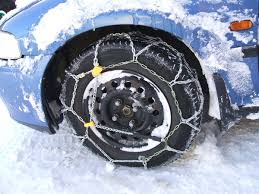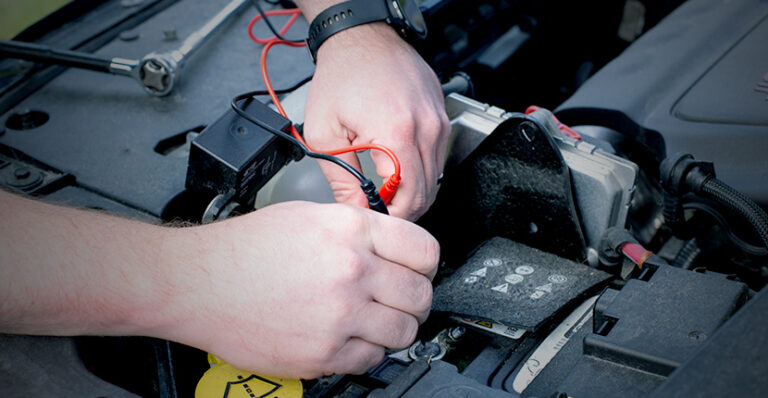Will Seafoam Unclog a Catalytic Converter?

Seafoam is a well-known fuel additive that helps clean fuel systems and remove carbon deposits. But can it unclog a catalytic converter? The short answer is no, Seafoam will not fully unclog a catalytic converter, but it may help reduce minor carbon buildup that affects performance.
How Does a Catalytic Converter Get Clogged?
A catalytic converter becomes clogged due to:
✅ Excessive Carbon Buildup – From unburned fuel and oil burning.
✅ Oil or Coolant Contamination – If your engine burns oil or coolant, residues can clog the converter.
✅ Rich Fuel Mixture – Too much fuel in the exhaust can lead to excessive soot.
When clogged, a catalytic converter can cause reduced engine performance, poor fuel economy, and even stalling.
Can Seafoam Help a Clogged Catalytic Converter?
What Seafoam Can Do:
✔️ Clean fuel injectors and combustion chambers – Helps reduce excess carbon before it reaches the catalytic converter.
✔️ Improve combustion efficiency – Less unburned fuel means fewer deposits in the exhaust.
✔️ Help with mild buildup – If the clog is light, it may help burn off some residue.
What Seafoam Cannot Do:
❌ Remove heavy deposits – Severe clogs often require professional cleaning or replacement.
❌ Fix a physically damaged converter – A broken or melted catalytic converter cannot be repaired with additives.
Best Way to Use Seafoam for Catalytic Converter Cleaning
✅ Step 1: Add 1 ounce of Seafoam per gallon of gas to the fuel tank.
✅ Step 2: Fill up the tank and drive for at least 50-100 miles at highway speeds to allow the cleaner to work.
✅ Step 3: Repeat every 3,000-5,000 miles to help maintain cleaner emissions.
🔹 Pro Tip: If your catalytic converter is heavily clogged, consider a catalytic converter-specific cleaner like Cataclean or seek professional servicing.
Signs Your Catalytic Converter Needs More Than Seafoam
If you experience any of the following, Seafoam alone won’t be enough:
⚠️ Check Engine Light (P0420 or P0430 codes) – Indicates catalyst efficiency is below threshold.
⚠️ Loss of Power – Severe clogging can restrict exhaust flow.
⚠️ Rotten Egg Smell – A sign of unburned fuel and sulfur buildup.
⚠️ Poor Fuel Economy – A struggling converter reduces efficiency.
Frequently Asked Questions (FAQs)
1. Can Seafoam fix a bad catalytic converter?
No, if your catalytic converter is physically damaged or severely clogged, it must be replaced.
2. What is the best cleaner for a clogged catalytic converter?
Try a dedicated cleaner like Cataclean or CRC Guaranteed to Pass. These are formulated specifically for exhaust system deposits.
3. Can driving at high speeds clean the catalytic converter?
Yes! This method, called an Italian Tune-Up, can burn off light carbon buildup. Drive at highway speeds for 20+ minutes to heat up the converter.
4. Can a clogged catalytic converter be repaired instead of replaced?
In some cases, professional cleaning can help, but if the core is melted or broken, replacement is the only option.
5. How long does it take for Seafoam to work?
You may notice improvements after 50-100 miles, but if the issue persists, further action is needed.
Final Verdict: Will Seafoam Unclog a Catalytic Converter?
Seafoam can help prevent buildup and assist with minor clogging, but it won’t fix a fully clogged or damaged catalytic converter. If your converter is severely clogged, try a specialized cleaner or consult a mechanic for professional solutions.
Also Check:
• Does CRC Guaranteed To Pass Really Work?





